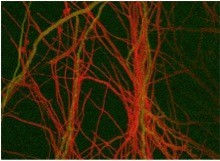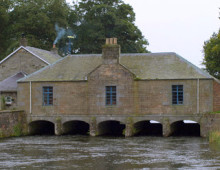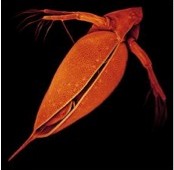Selaginella genome project on NPR
Probing the secrets of plants at the genetic level is all the rage these days among scientists seeking to understand how plants evolved on Earth. One of those plants is selaginella, one of the first plants to develop a system of tubes that transport water and nutrients inside a plant. Read more or listen to… [Read More]


